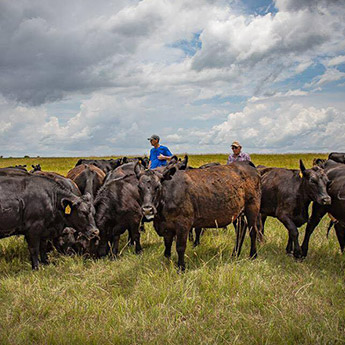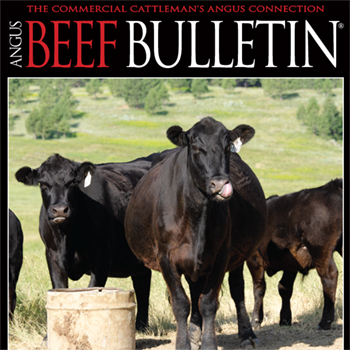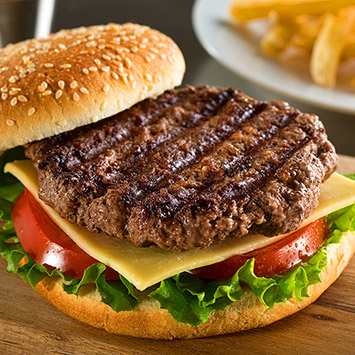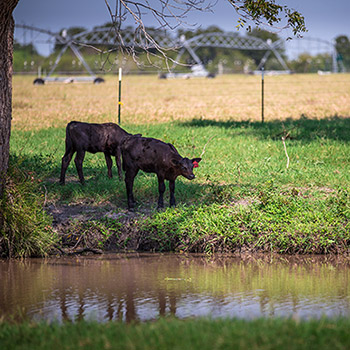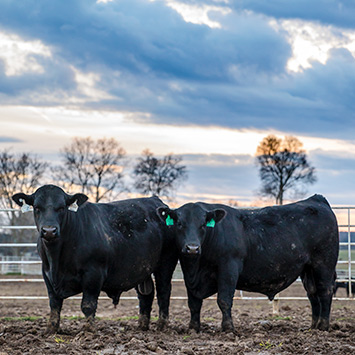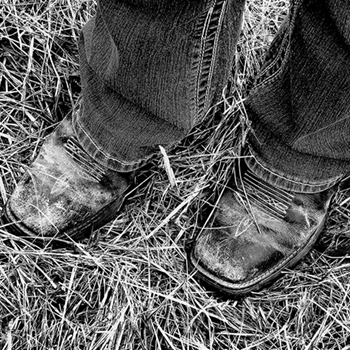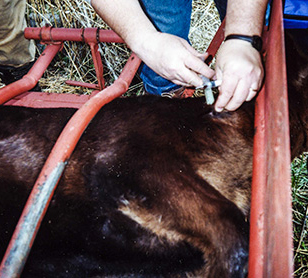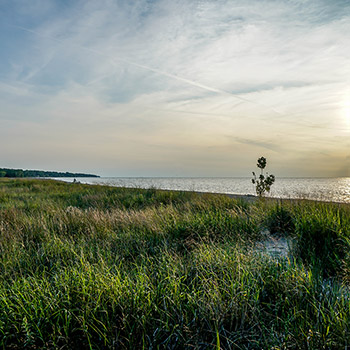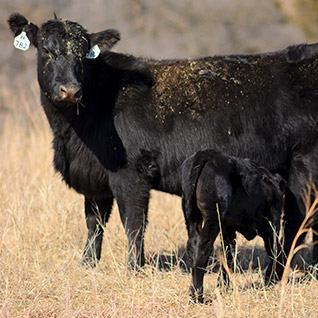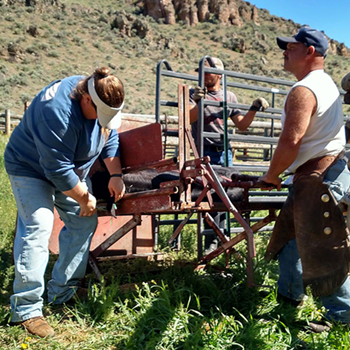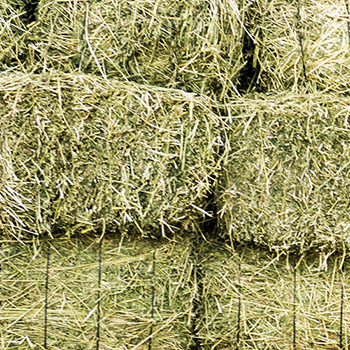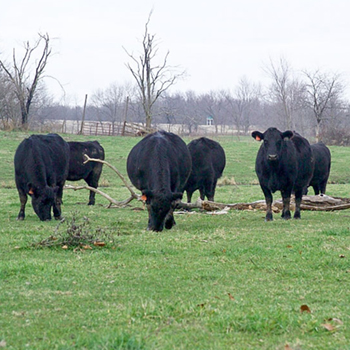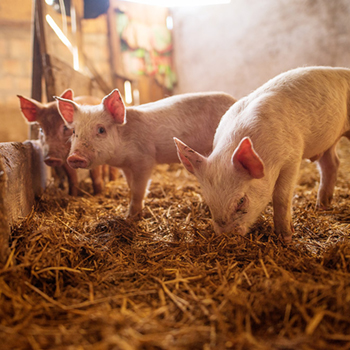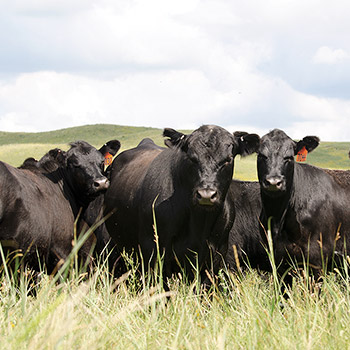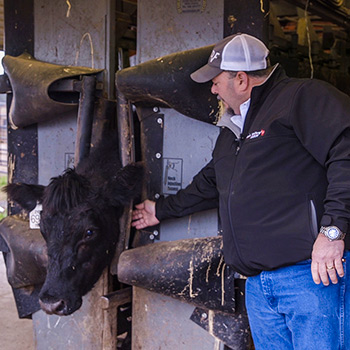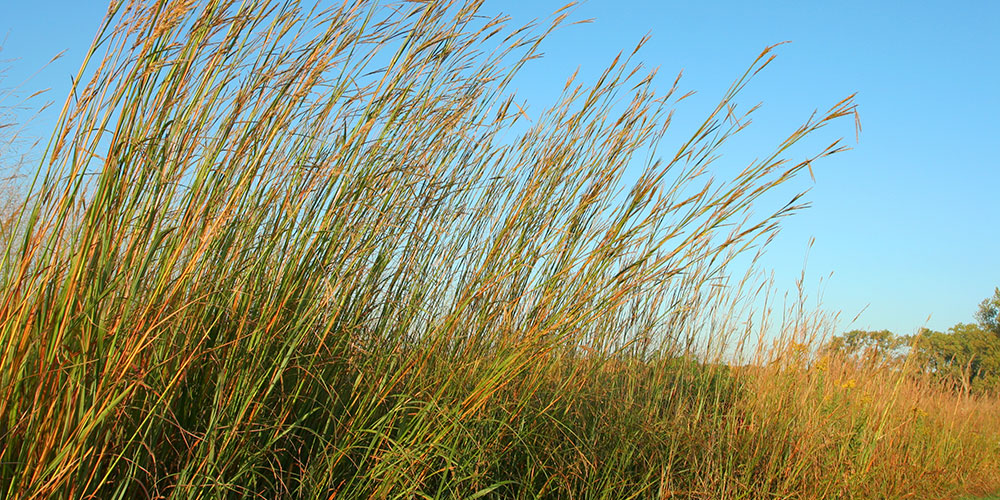
Warm-season Grasses Stretch Growing Season
They also offer alternative to toxic fescue at key times.
by Linda Geist, University of Missouri Extension
Cattle producers wanting to stretch the grazing season might want to add native warm-season grasses to their operations, says Jim Humphrey, University of Missouri (MU) Extension livestock specialist.
Both warm- and cool-season native grasses offer producers access to forage for grazing during extreme temperatures and precipitation. Native warm-season grasses usually begin growing a few weeks later in the spring. They grow better during hot and dry summer months. Their deep roots help them tolerate drought better than cool-season grasses. They usually are better adapted to Missouri soils, climate and pests, Humphrey says.
Warm-season grasses native to Missouri include eastern gama grass, big bluestem, Indiangrass, little bluestem and switchgrass.
Most tall fescue, Missouri’s primary forage, is infested with an endophyte that can be toxic to cattle, especially during summer. It can cause poor animal performance, lower reproductive success and even death. “Summer slump” often afflicts cattle grazed on fescue. One way to prevent it is to shift grazing cattle to warm-season grasses in summer.
Humphrey recommends establishing native warm-season grasses in separate pastures, paddocks and hay fields.
“Use a combination of native warm-season grasses to allow for more production throughout the growing season,” he says.
Establishment requires planning. Weed control during the establishment years promotes strong stands and persistent growth. With proper management, warm-season grasses improve soil fertility and provide good yields of high-quality forage. Stands of warm-season grass usually establish much more slowly than stands of cool-season grass.
Overgrazing or mowing too close to the ground can reduce yields of native warm-season grasses. Grazing and haying these grasses late in the growing season prevents them from storing good energy reserves in their roots for the following growing season.
For more information, contact your local Extension center or go to NRCS-GrasslandsProject.missouri.edu.
Editor’s note: Linda Geist is a writer for MU Extension.
